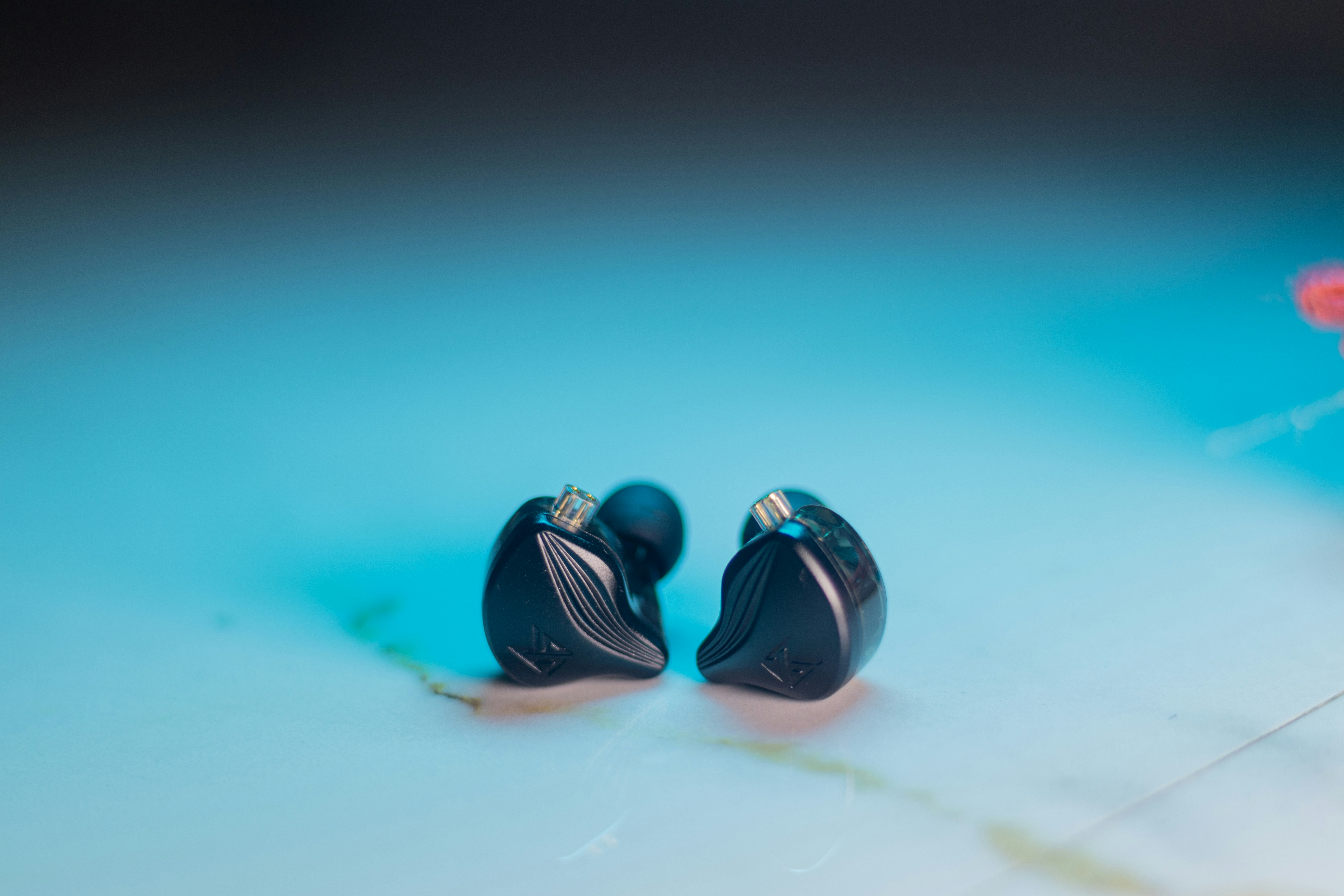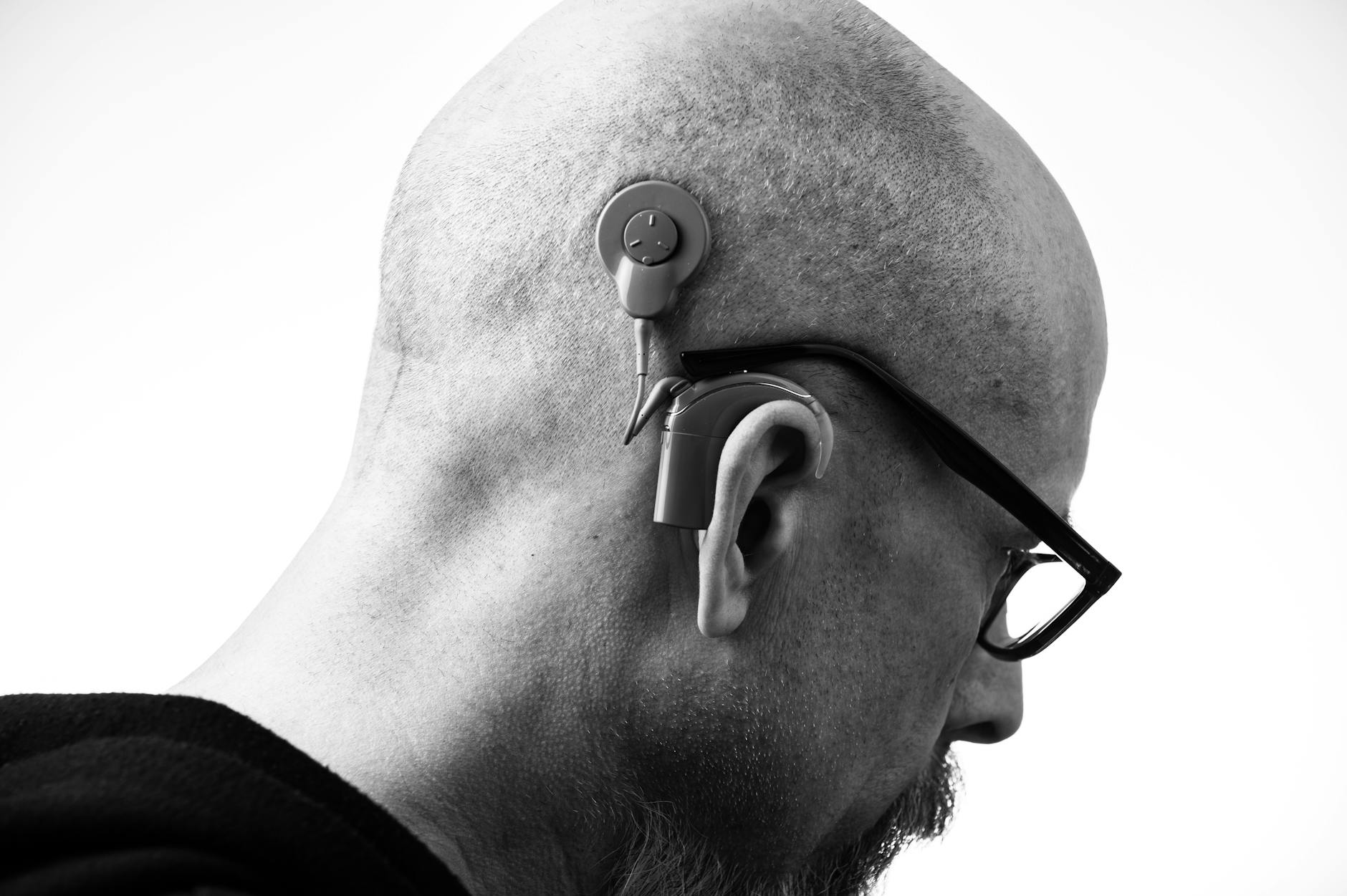Here’s the quiet secret behind great-sounding hearing aids: the best results aren’t about the brand or price tag. They’re about how precisely your devices are tuned in your ears. Real‑ear measurements (REM) are the gold-standard way audiologists verify that speech is audible, clear, and comfortable for you—not a mannequin in a lab. If you’ve ever thought “these are fine, but words still blur,” this is your missing step.
Why the Same Hearing Aid Can Sound Totally Different in Two People
Your ear canal is an acoustic fingerprint—length, width, curves, even how soft the skin is. Two people with the same hearing loss and the same hearing aid can get wildly different sound at the eardrum because:
- Ear canal acoustics vary: peaks and dips boost or reduce certain pitches before sound reaches the eardrum.
- Venting and domes change bass and feedback: open domes leak low frequencies; tiny vents keep bass but raise feedback risk.
- First‑fit settings are estimates: manufacturer software guesses based on averages—not your unique ear.
Without measuring what actually arrives at your eardrum, fittings are educated guesses. Real‑ear measurements replace guessing with data.
What Are Real‑Ear Measurements (REM)?
REM—also called probe microphone measurements—are tiny, in‑ear sound tests. A super-thin tube (a microphone) sits alongside your hearing aid, just in front of your eardrum. Your audiologist plays calibrated speech‑like sounds and measures the sound level where hearing happens. Then, they adjust your hearing aid so the sound matches your prescribed targets (like NAL‑NL2 or DSL) across soft, average, and loud inputs.
In practice, REM answers two crucial questions:
- Is soft speech audible? If you can’t hear it, you can’t understand it.
- Is loud sound comfortable and safe? Clarity without sharpness or strain.
You might hear terms like REUR (unaided ear resonance), REAR (aided response), REIG (insertion gain), or “speech mapping.” Don’t sweat the acronyms—the point is to make sure your devices deliver the right sound to your eardrum.
Why REM Matters (and the Payoffs You Can Feel)
- Sharper conversation: Speech cues in the 1–4 kHz range carry consonants (the “clarity” sounds). REM ensures those cues aren’t lost.
- Comfort without compromise: Soft stays soft, loud stays comfortable—no more riding the volume.
- Fewer return visits: When fittings hit target on day one, you skip the trial‑and‑error loop.
- Confidence in noise: Noise programs and directionality work better when the baseline audibility is correct.
Professional bodies like the American Speech‑Language‑Hearing Association (ASHA) and the American Academy of Audiology (AAA) recommend probe‑mic verification for adult fittings. Translation: it’s not a luxury add‑on. It’s standard of care.
What a REM Appointment Looks Like
No scary stuff here—just careful setup, smart measurements, and fine‑tuning. Expect:
- Quick ear check: Your audiologist confirms the canal is clear and healthy for measurement.
- Probe tube placement: A hair‑thin tube slides along the canal wall to sit a few millimeters from the eardrum. You’ll feel it but it shouldn’t hurt.
- Baseline capture: Some clinics measure your ear’s natural resonance (unaided) to understand your acoustics.
- Measure soft/average/loud speech: Calibrated sounds play from a speaker while the system records what reaches your eardrum.
- Live adjustments to target: The audiologist tweaks gain, compression, venting choices, and feedback settings until your response traces match targets across pitches.
- Comfort and reality check: You listen to real voices, your own voice, and sample noise to confirm the fine‑tuning.
Plan for 20–40 minutes per ear for comprehensive first‑fit verification, less for follow‑ups.
Smart Fitting Decisions REM Makes Simple
- Open vs. closed fittings: If soft speech below 1 kHz is leaking out, REM shows it—swapping domes or adding a custom mold can restore audibility without over‑amplifying.
- Managing the occlusion effect: If your voice booms, REM helps balance vent size and low‑frequency gain so your voice feels natural while preserving clarity for others.
- Feedback control trade‑offs: Aggressive feedback cancellation can sap high‑frequency clarity. REM reveals when feedback control steals audibility, guiding safer settings.
- Compression and loudness: REM confirms soft sounds are lifted and loud sounds kept safe, preserving contrast between speech sounds.
- Prescriptive targets: Whether NAL‑NL2 or DSL, you’ll see when you’re on target—not just “close enough.”
What About Streaming and Phone Calls?
Streaming paths (Bluetooth, phone calls) don’t always go through the same processing as the microphones. Some clinics use simulated REM or manufacturer tools to approximate streaming levels. If you stream a lot—podcasts, TV, calls—tell your clinician. They can adjust dedicated streaming equalizers to bring voices forward and keep music full without harshness.
If Your Clinic Doesn’t Offer REM
It’s okay to ask directly. Try: “Do you verify fittings with probe microphone real‑ear measurements?” If the answer is no, you have options:
- Request referral or seek a provider who does REM: Many hospital‑based and independent audiology clinics perform it routinely.
- Use in‑situ tools as a stopgap: Some hearing aids play tones and measure your thresholds through the device. Helpful, but not a substitute for probe‑mic verification.
- Plan a verification visit: Even if you purchased elsewhere, some clinics will verify and re‑tune your current hearing aids by REM.
Gentle nudge: a verified fit can transform how you hear day to day. It’s worth the extra step. If you need help finding a clinic, consider contacting a licensed audiologist or a university clinic in your area.
Over‑the‑Counter (OTC) Hearing Aids and REM
OTC devices are designed for adults with perceived mild‑to‑moderate hearing difficulties. Many include self‑tests and app equalizers. You can improve your odds by:
- Running the full self‑test in a quiet room and letting the device auto‑fit first.
- Fine‑tuning with a trusted voice beside you, then across the room, then in noise.
- Trying different tips (open vs. closed) and re‑testing each time.
But here’s the truth: without REM, you can’t be sure soft speech hits your eardrum at the right levels. Many audiologists will verify and optimize OTC devices by REM for a service fee. If you choose OTC, consider scheduling a verification session—your ears will thank you.
Prepare Like a Pro: Get the Most from Your REM Visit
- List your toughest listening spots: Restaurants, meetings, the car, TV. Your clinician can prioritize those.
- Bring a familiar voice: A partner or friend helps reality‑check clarity after verification.
- Know your comfort edges: If certain sounds bug you (clanking dishes, AC hiss), say so—it guides fine‑tuning.
- Wear your aids regularly: The brain adapts. Consistent use after a verified fit speeds up clarity gains.
And if you’ve struggled before: you didn’t fail your hearing aids—your hearing aids likely weren’t verified. Let data do the heavy lifting this time.
Bottom Line
Real‑ear measurements turn hearing aids from generic amplifiers into your personal listening system. They’re quick, safe, and recommended by leading professional organizations. Ask for them. If you haven’t loved your devices yet, this could be the single change that makes speech click and listening feel easy again.
If you’re unsure where to start, book a visit with a licensed audiologist and ask about probe‑mic verification. Your future self—gliding through conversations—will be thrilled you did.
FAQ
Are real‑ear measurements uncomfortable?
Most people describe the probe tube as “tickly” or mildly noticeable. It’s flexible and tiny, and placement takes seconds. If you’re sensitive, tell your audiologist—they can use gel, adjust depth, and take it slow.
Do REMs take a lot of time or cost extra?
They add about 15–30 minutes to a fitting or follow‑up. Some clinics include REM in their bundled care; others itemize it. Ask upfront. The payoff—better clarity with fewer visits—often saves time and money overall.
If my hearing aids sound okay, do I still need REM?
“Okay” is a great start. REM checks whether soft speech is truly audible and loud sounds are safe across all pitches. Many people are surprised by how much clearer words become after a verified fine‑tune—even when things seemed decent before.
Will REM fix hearing in noisy places?
REM ensures your baseline audibility is spot‑on. That makes noise‑reduction and directional microphones work as intended. It won’t silence a loud room, but it gives your tech and your brain the best starting point for tough environments.
References
- American Speech-Language-Hearing Association (ASHA). Hearing Aids for Adults: Practice Portal
- American Academy of Audiology (AAA). Guidelines for the Audiologic Management of Adult Hearing Impairment
- National Institute on Deafness and Other Communication Disorders (NIDCD). Hearing Aids
- Mayo Clinic. Hearing aids: How to choose the right one
Further Reading
- Your Hearing Aids, Verified: Real-Ear Measurements That Make Voices Clear (Hearing Aids) - OTC Hearing Aids, Done Right: Self‑Fit, Save, and Know When to Get Help (Hearing Aids) - Self‑Fitting Hearing Aids, Demystified: How OTC Tech Tunes to Your Ears (and When to Get Help) (Technology) - Music, Not Mush: Tuning Hearing Aids So Songs and Instruments Sound Right (Hearing Aids)Frequently Asked Questions
Are real‑ear measurements uncomfortable?
Most people feel only a light tickle from the thin probe tube. It’s flexible and placed along the ear canal wall. Tell your audiologist if you’re sensitive—they can adjust placement and pace.
Do I need REM if I’m buying OTC hearing aids?
OTC devices can help, but they don’t verify what reaches your eardrum. Many audiologists will perform REM and optimize OTC aids for a fee. It’s a smart way to boost speech clarity and comfort.
How long does REM take and does it cost extra?
Plan for about 15–30 minutes added to a fitting or follow‑up. Some clinics include it in bundled care, others bill separately. Ask in advance—better fit often means fewer return visits.
Will REM solve trouble hearing in noise?
REM sets your baseline audibility correctly, which helps noise‑management features work better. It won’t remove background sound, but it’s a key step toward clearer speech in challenging places.


